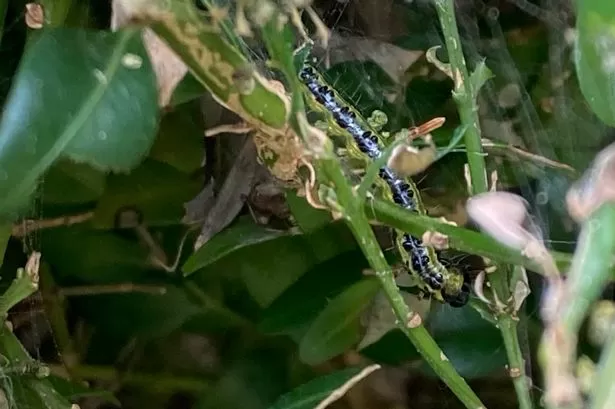They have only been seen in the UK for a short time, but these pests are causing a lot of trouble. They are a relatively new introduction to our environment, but their impact has been felt far and wide. Their presence has caused destruction and is causing damage to both our natural and man-made surroundings. Yes, we are talking about non-native species of pests that have made their way into our country.
These pests have been introduced through human activities such as trade and travel. Some were purposefully brought in for commercial reasons, while others arrived accidentally. Whatever the case may be, these invasive pests have proven to be a significant threat to our native species and ecosystems. They are causing harm to our agriculture, biodiversity, human health, and economy. Let’s dive deeper into the issue and understand who these pests are and why they are causing so much damage.
To put it simply, non-native species are any animals, plants, or pathogens that are not naturally found in a particular area or region. Non-native species that enter an environment outside of their native distribution range and cause harm are specifically called invasive species. Invasives may compete with native species for resources, alter ecosystems, and spread diseases, among other things. They are notorious for their ability to multiply rapidly, outcompete native species, and have no natural predators keeping their population in check.
One of the most destructive invasive species in the UK is the Japanese knotweed. This plant was first introduced in the 19th century as an ornamental plant and has now spread across the country, causing severe damage to properties and disrupting natural habitats. It grows rapidly, forming dense stands that can smother native vegetation and negatively impact insect and animal biodiversity. It is also known to damage infrastructure, such as building foundations and flood defenses, which can lead to costly repairs.
Another invasive pest causing a stir in the UK is the grey squirrel. These adorable-looking rodents were brought over from North America in the 19th century and have since spread extensively throughout the country. They outcompete our native red squirrels for food and habitat and are also carriers of a virus that is deadly to the red squirrels. Grey squirrels are also known to cause damage to trees, gardens, and crops, posing a threat to our forestry and agriculture industries.
Furthermore, species such as the harlequin ladybird, the signal crayfish, and the American mink are also among the invasive species causing damage in the UK. The harlequin ladybird, originally from Asia, preys on other ladybird species and competes with them for food, causing a decline in native ladybird populations. The signal crayfish, native to North America, is responsible for the decline of our native white-clawed crayfish due to competition and the transmission of a deadly fungus. The American mink, as the name suggests, is a North American species that preys on our native water voles, resulting in a significant decline in their numbers.
So why are these pests causing so much devastation in our country? A significant factor is the lack of natural predators and competitors to keep their population size in check. In their native environments, they are usually controlled by other species or environmental conditions, but when introduced to a new environment where these controls are absent, they can spread rapidly and cause destruction. Furthermore, human activities such as trade, travel, and release of exotic pets have facilitated their establishment and spread in our country.
The economic impact of these invasive pests is also concerning. The control and management of their populations can be costly, with expenditures in the millions each year. The damage they cause to agriculture, forestry, and infrastructure can also result in significant economic losses. Moreover, these pests also have severe impacts on our environment, affecting biodiversity, ecosystems, and the functioning of our natural surroundings. They also pose health risks, as some species carry diseases that can be transmitted to humans and other animals.
But it’s not all doom and gloom. Steps are being taken to address these invaders and protect our native species and ecosystems. Through the implementation of strict regulations, education and awareness programs, and control and management strategies, efforts are being made to tackle these pests and minimize their impact. Organizations and government agencies are working together to develop policies and plans to prevent new invasions and manage existing ones. Individuals can also play their part by being cautious when traveling or purchasing exotic plants or animals for their pets, making sure not to release them into the wild.
In conclusion,










